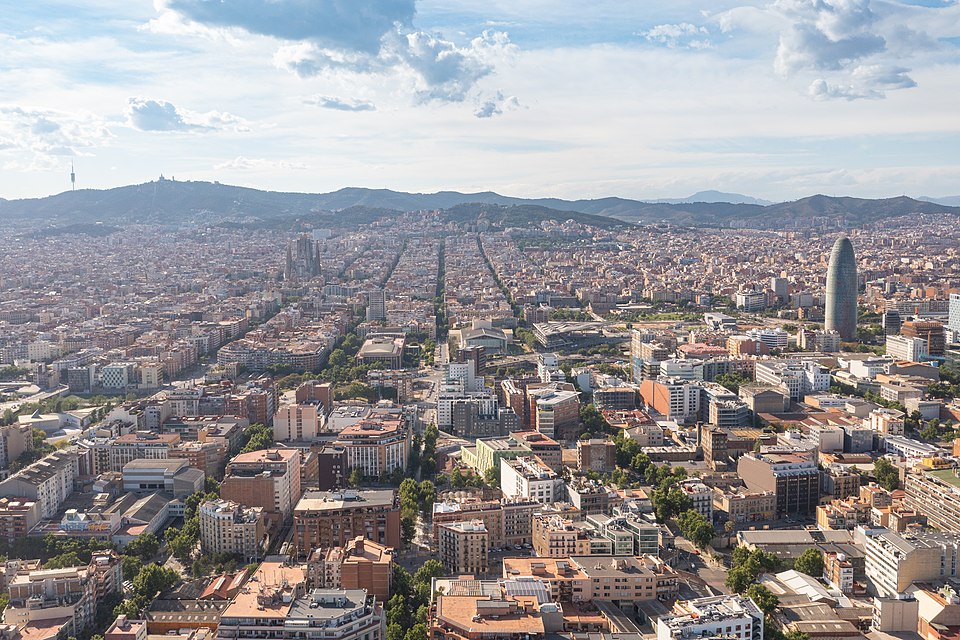

Curated experiences in Barcelona
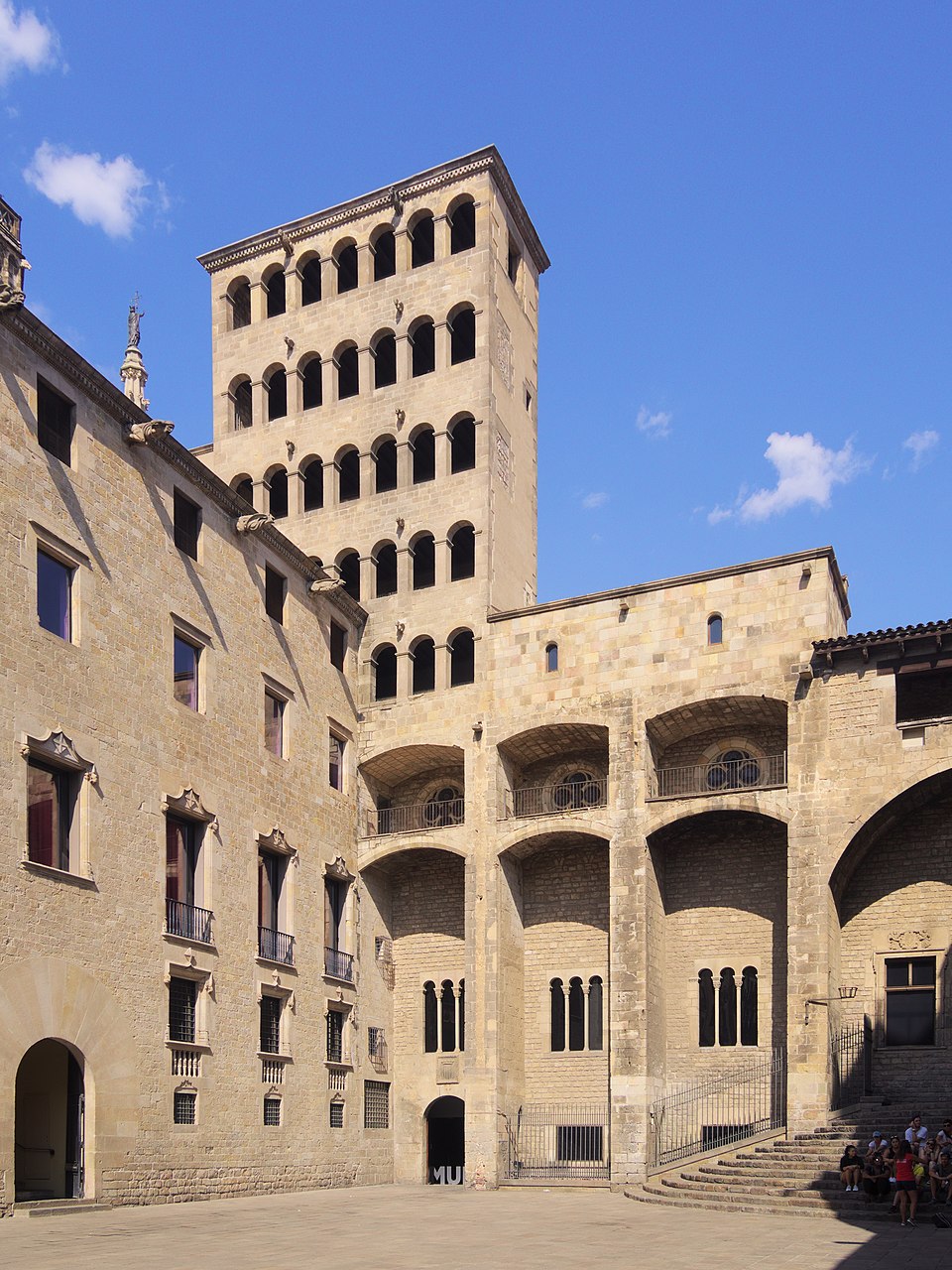
Plaça del Rei (meaning "King's Square" in Catalan, in Spanish: Plaza del Rey) is a 14th-century medieval public square in …

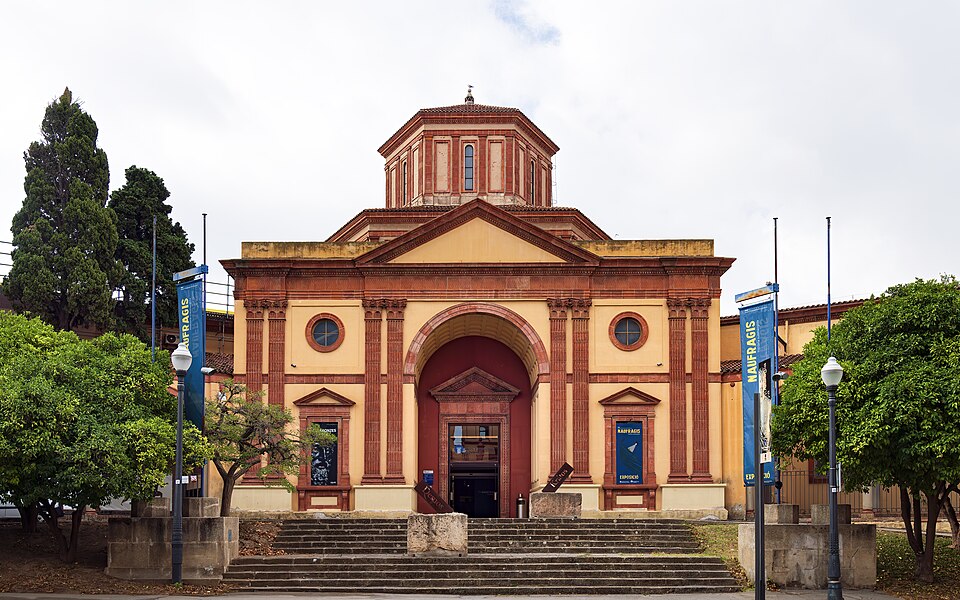
The Archaeology Museum of Catalonia (Catalan: Museu d'Arqueologia de Catalunya, MAC) is an archaeological museum with five venues that exposes …
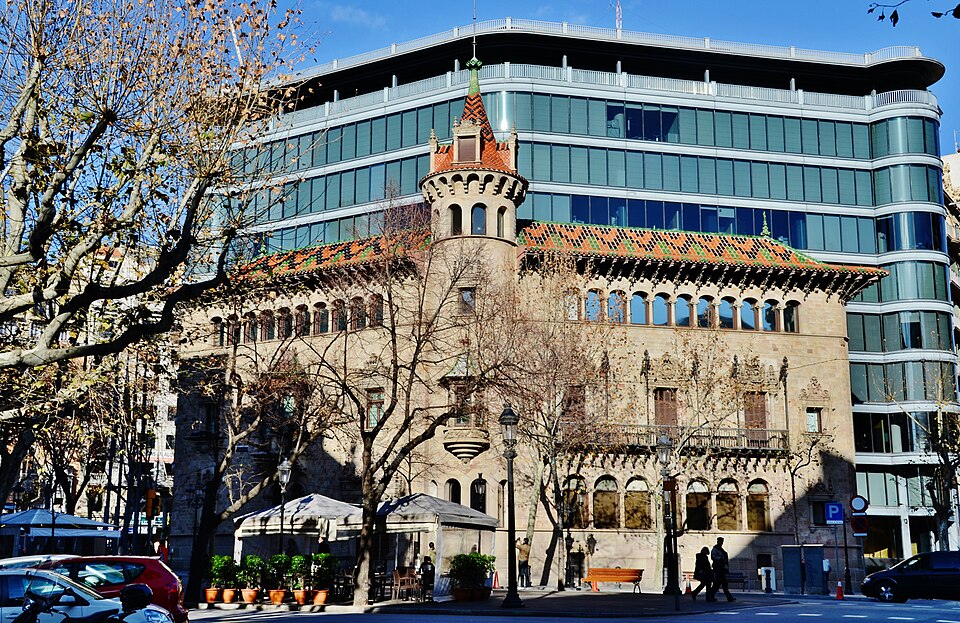
The Casa Serra (Serra House) is a building in the Modernisme style in Barcelona, designed by Josep Puig i Cadafalch. …

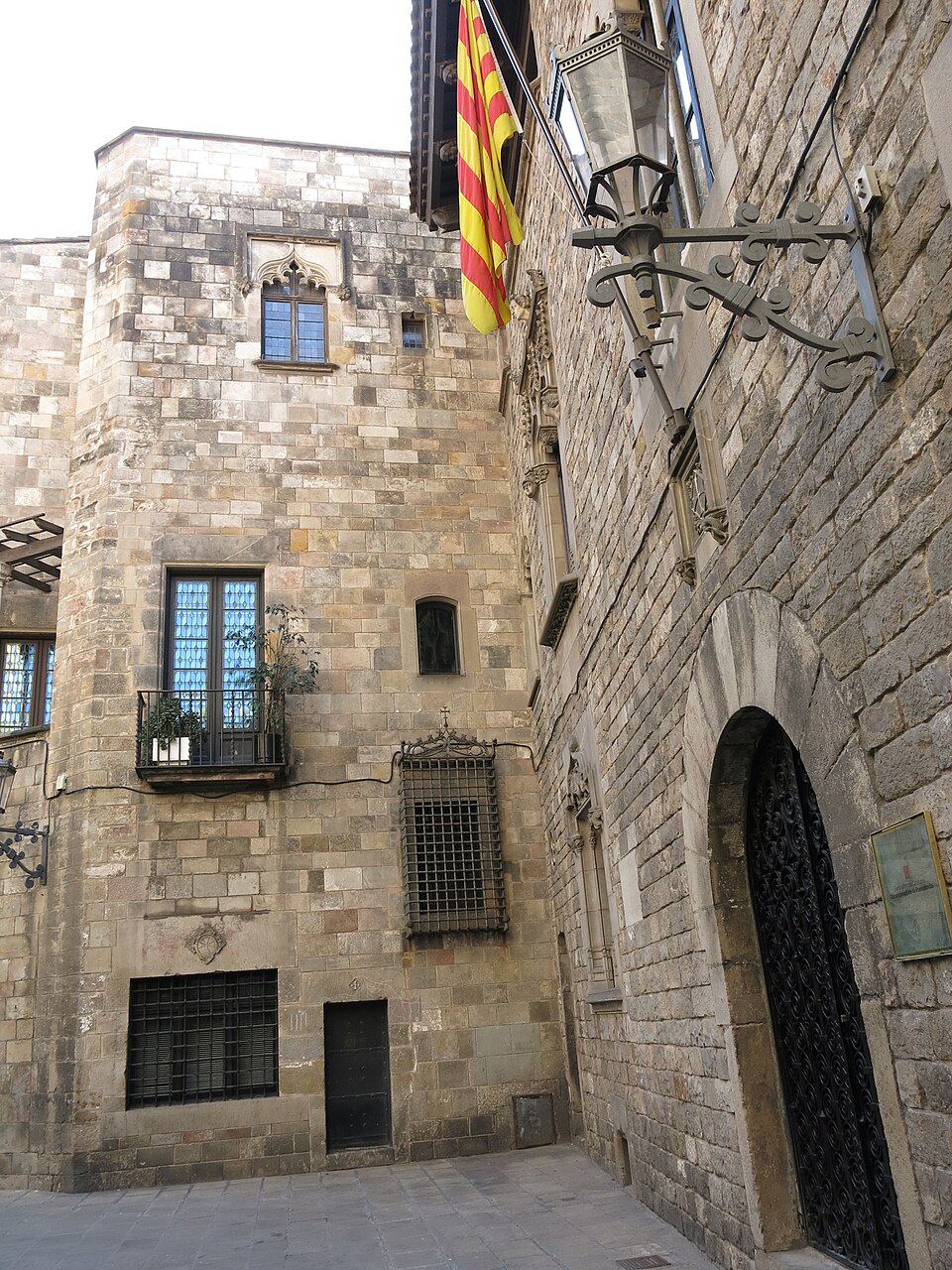

The Royal Square (in Spanish: Plaza Real; in Catalan: Plaça Reial) is a square in the Barri Gòtic of Barcelona, …
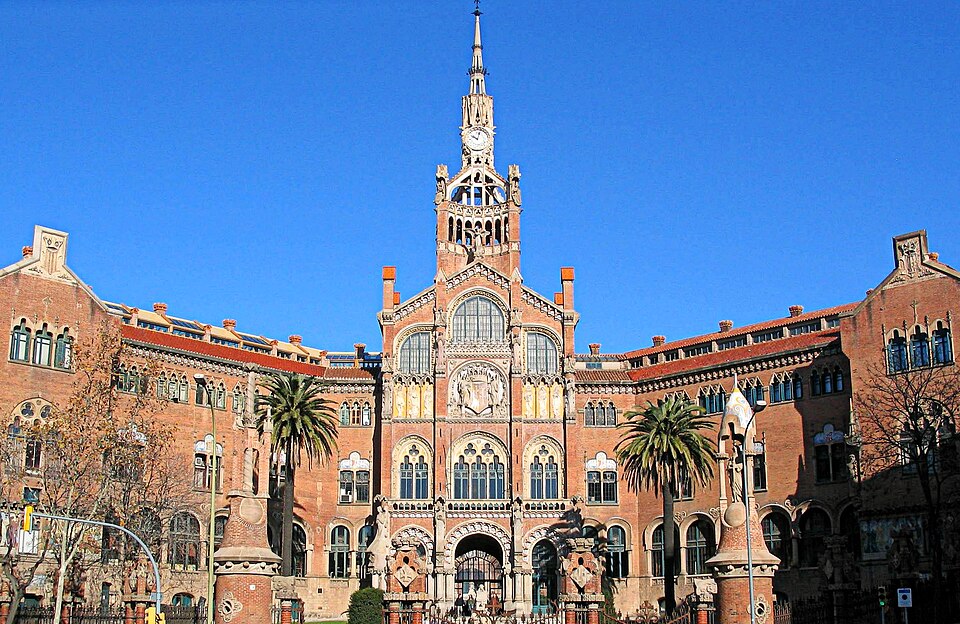
The former Hospital de la Santa Creu i Sant Pau (Catalan pronunciation: [uspiˈtal də lə ˈsantə ˈkɾɛw i ˈsam ˈpaw], …

The former Hospital de la Santa Creu i Sant Pau (Catalan pronunciation: [uspiˈtal də lə ˈsantə ˈkɾɛw i ˈsam ˈpaw], …

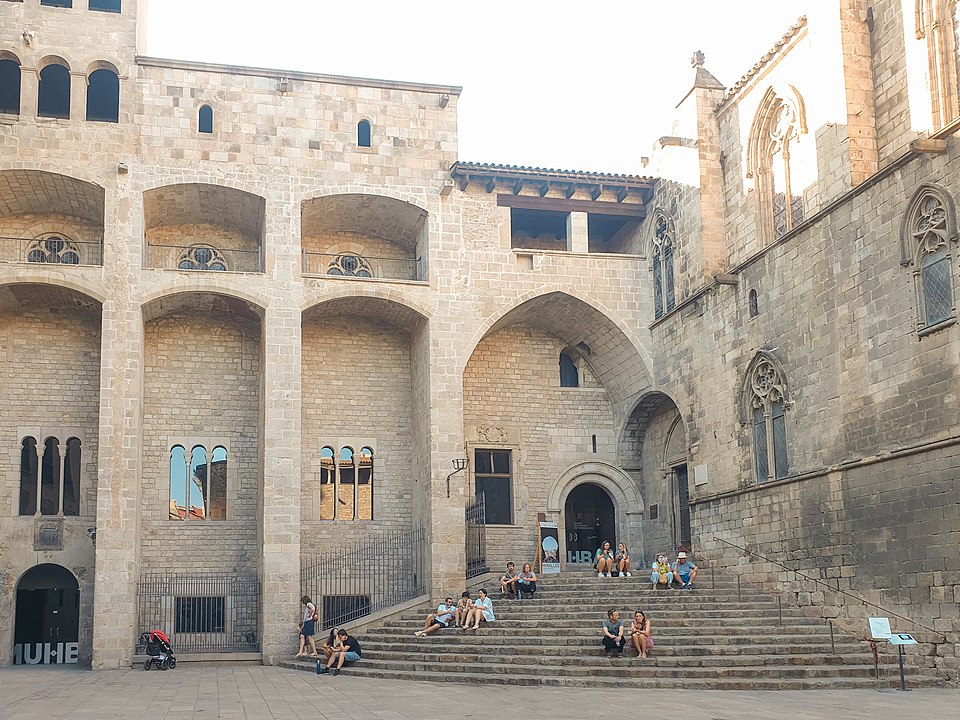
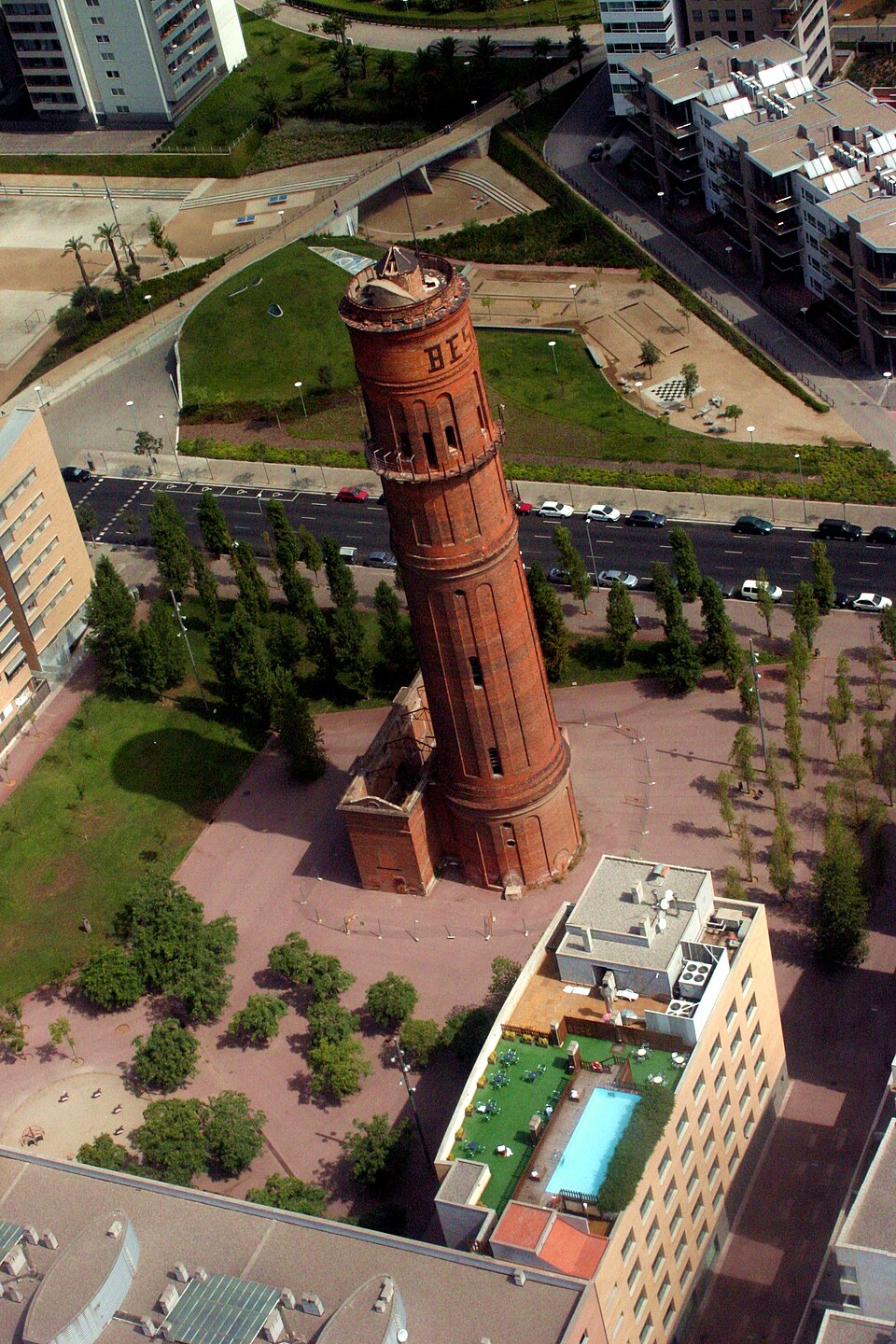
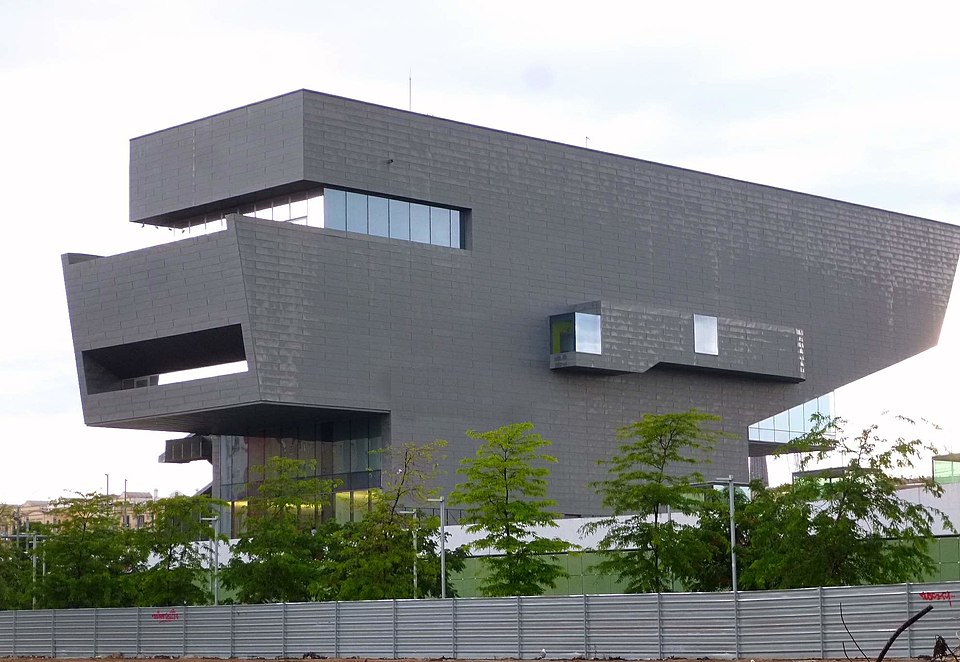
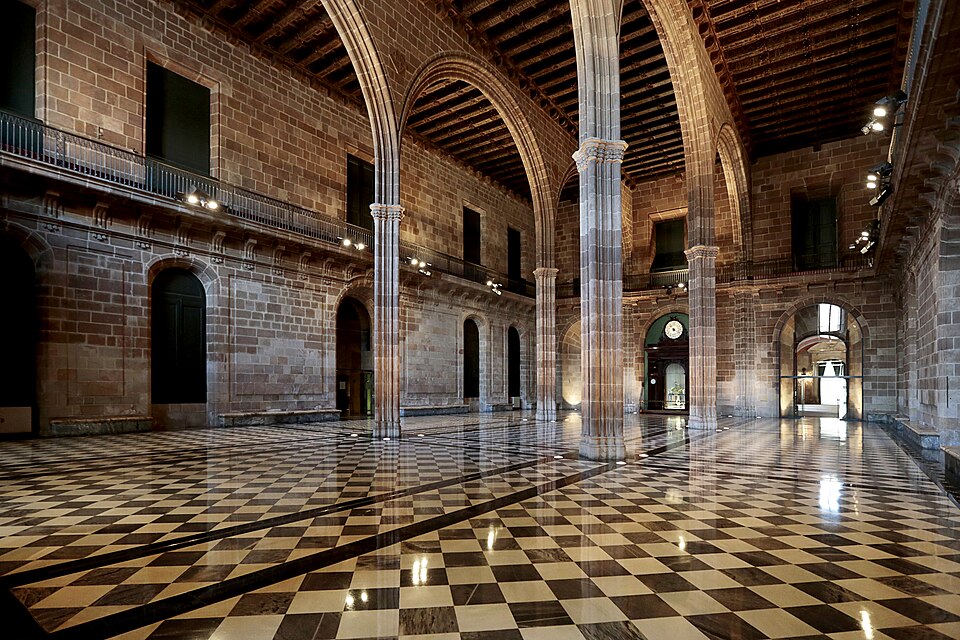
The Llotja de Barcelona or Llotja de Mar (Catalan for Loggia of Barcelona or Sea Loggia) is a building located …
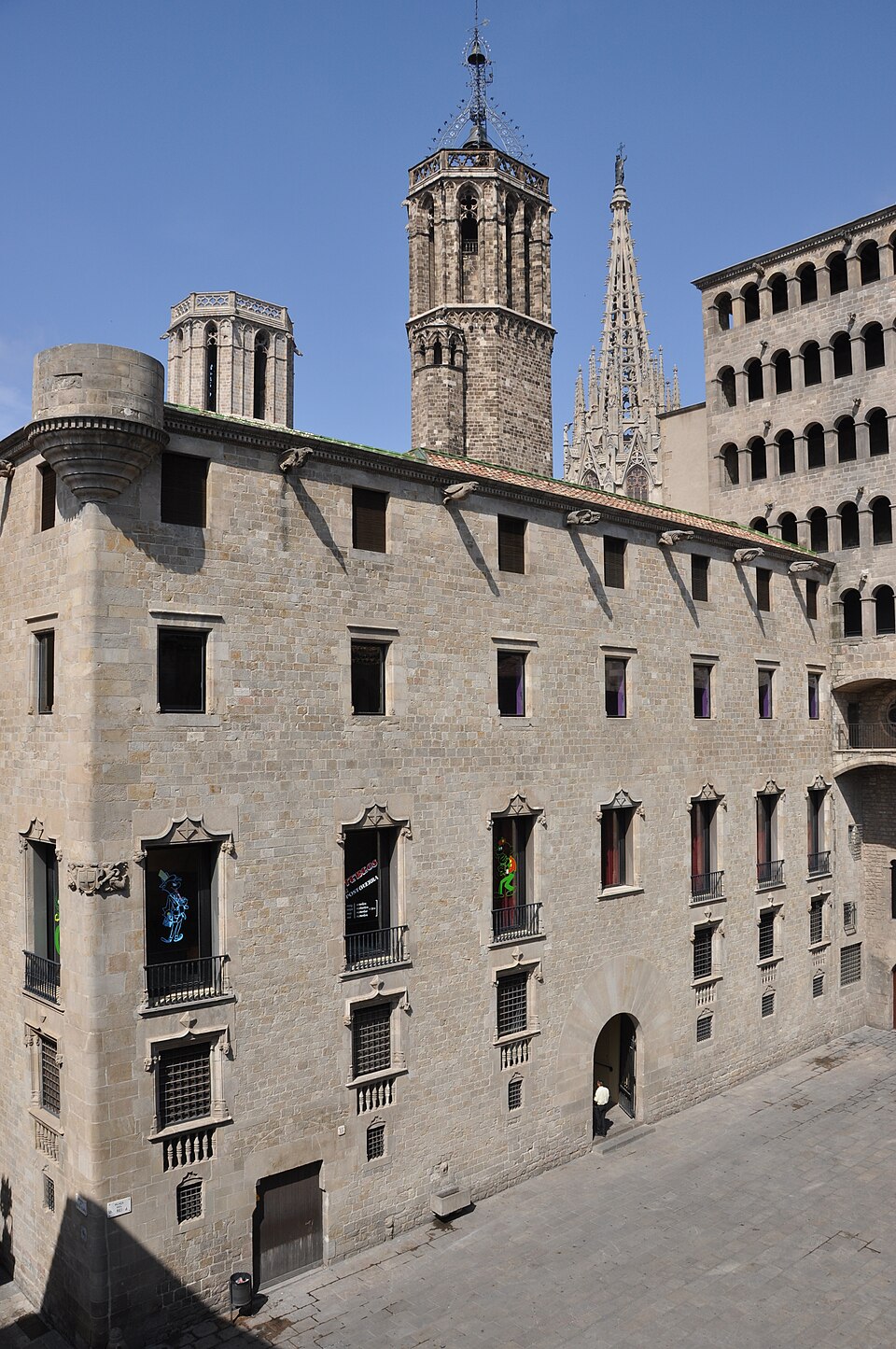
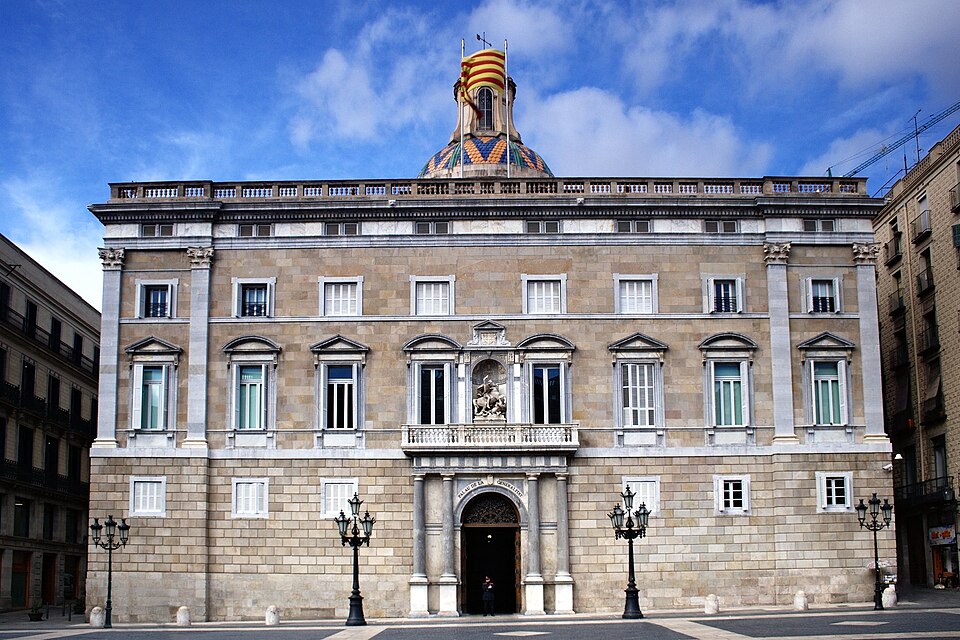
The Palace of the Generalitat of Catalonia (Catalan: Palau de la Generalitat de Catalunya, IPA: [pəˈlaw ðə lə ʒənəɾəliˈtad də …
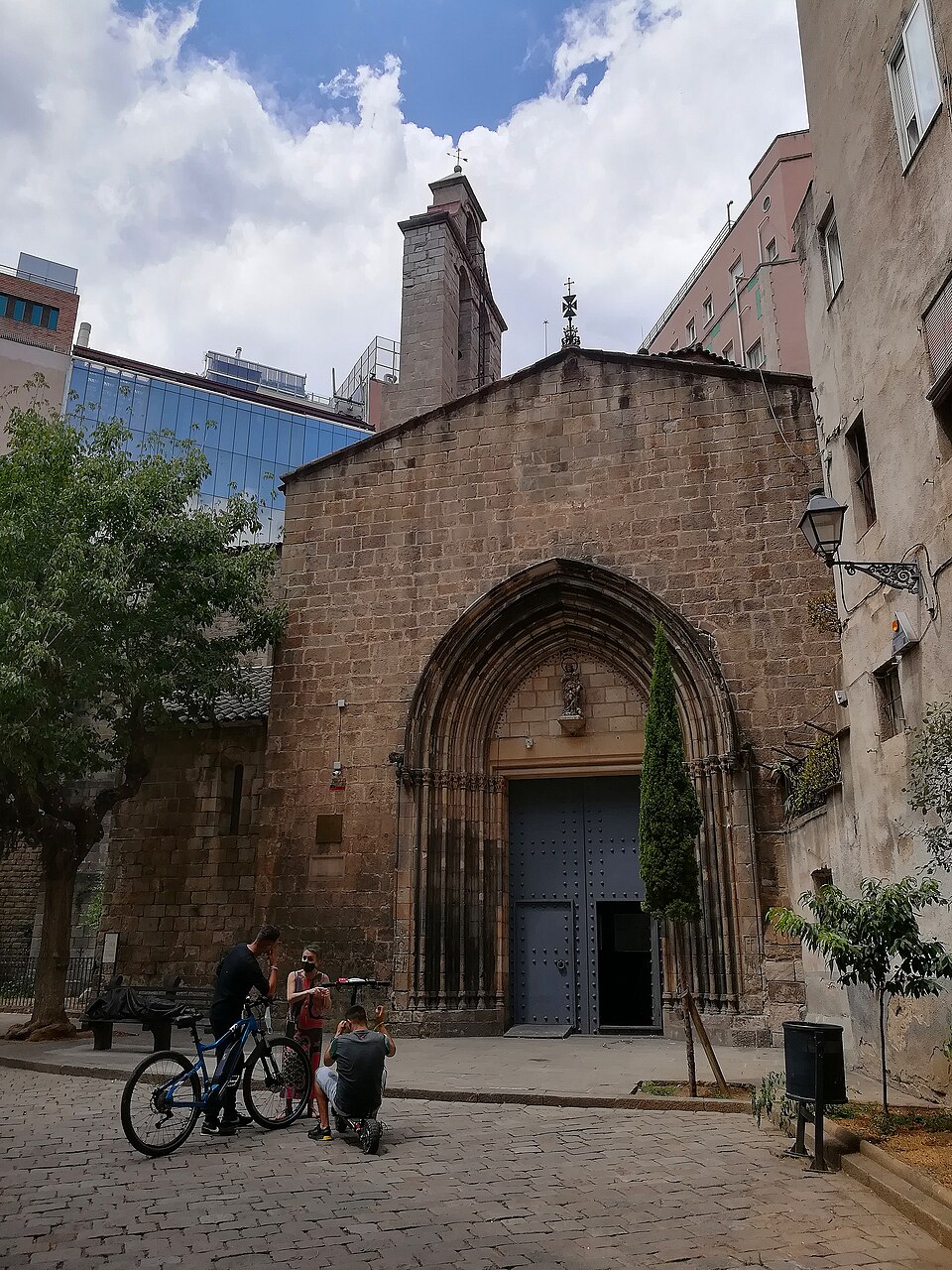
The Church of Santa Anna (Catalan: Església de Santa Anna, Spanish: Iglesia de Santa Ana) is a church located in …



The Casa Lleó Morera (Catalan pronunciation: [ˈkazə ʎəˈo muˈɾeɾə]) is a building designed by noted modernisme architect Lluís Domènech i …
Create a personalized itinerary and unlock the finest experiences Barcelona has to offer
Plan Your Trip